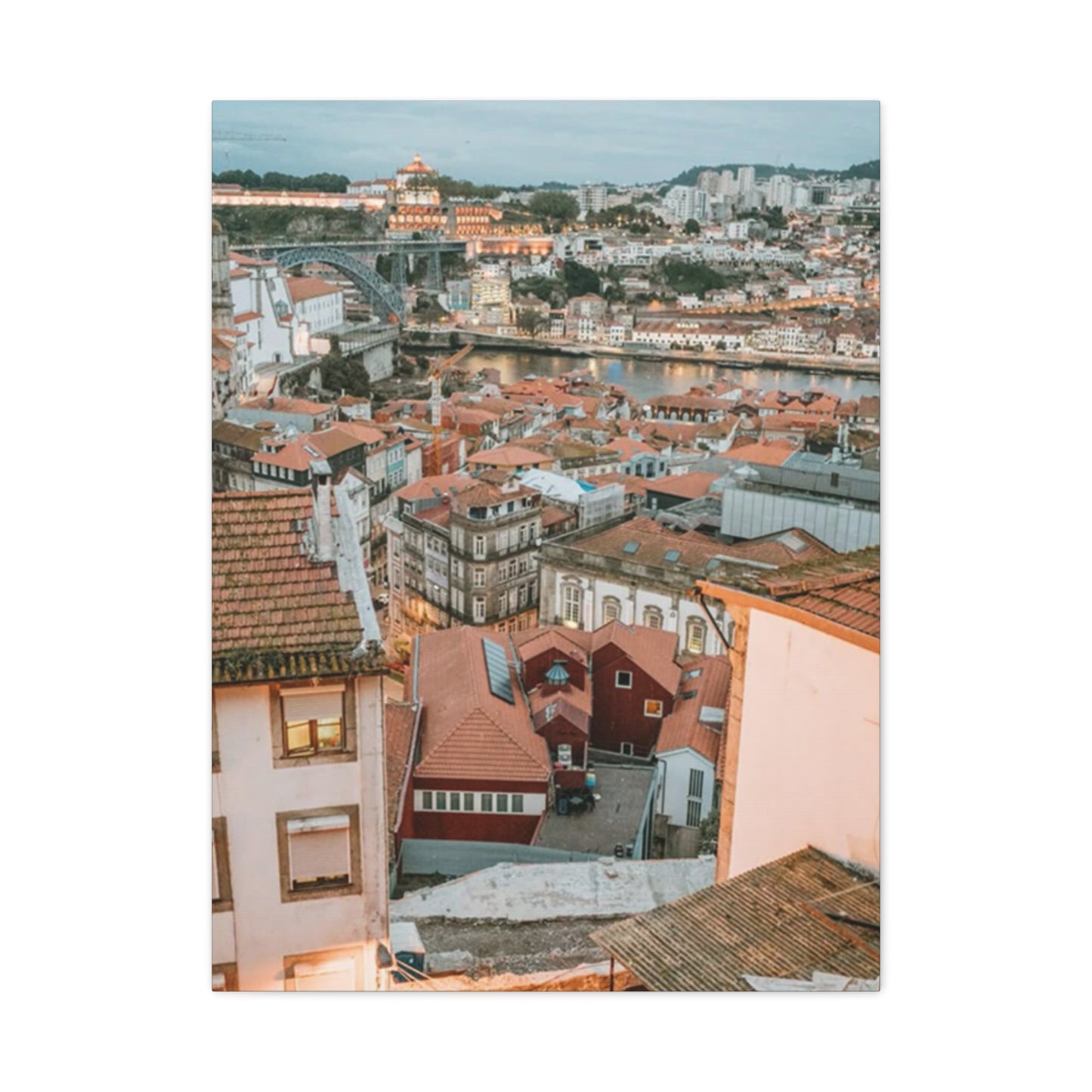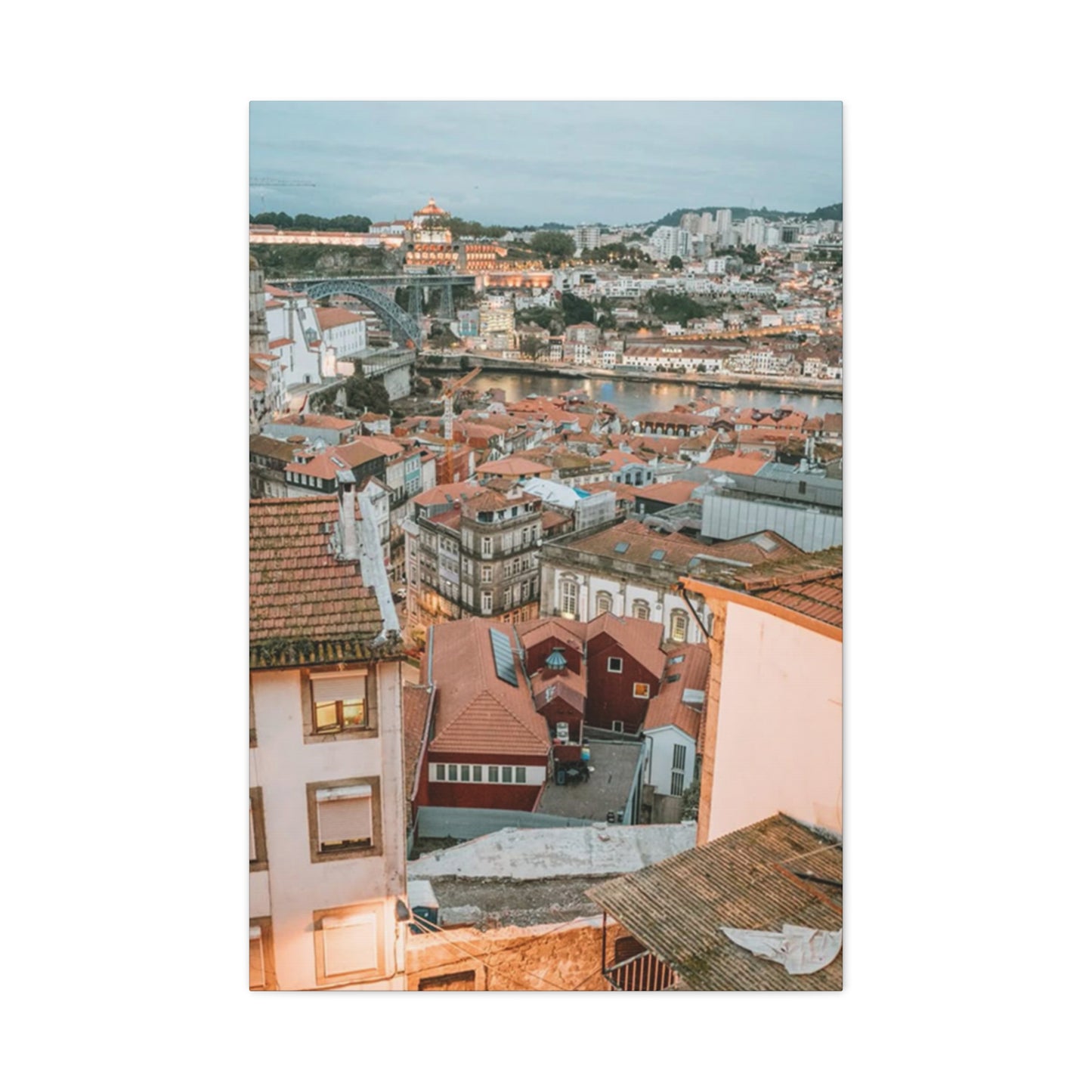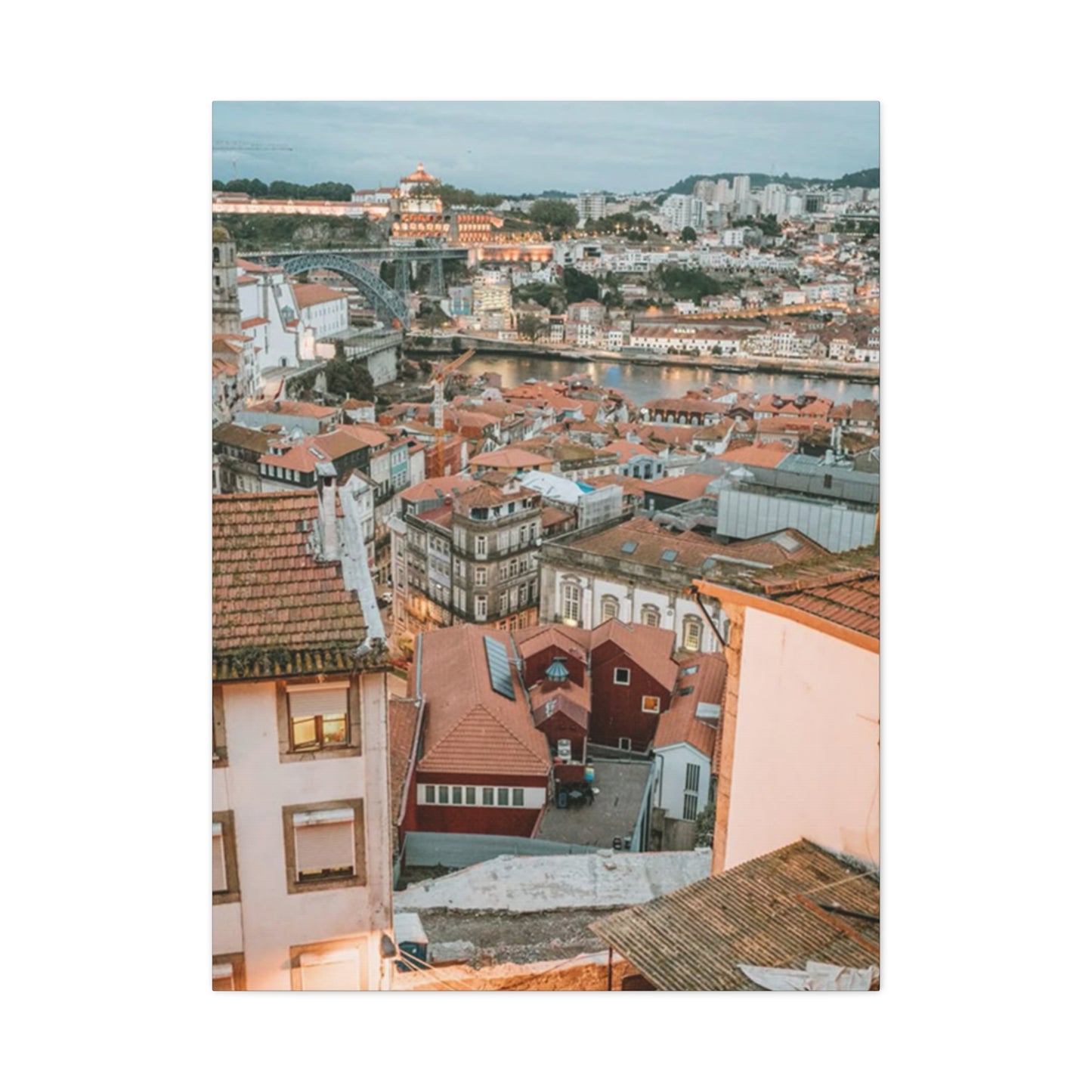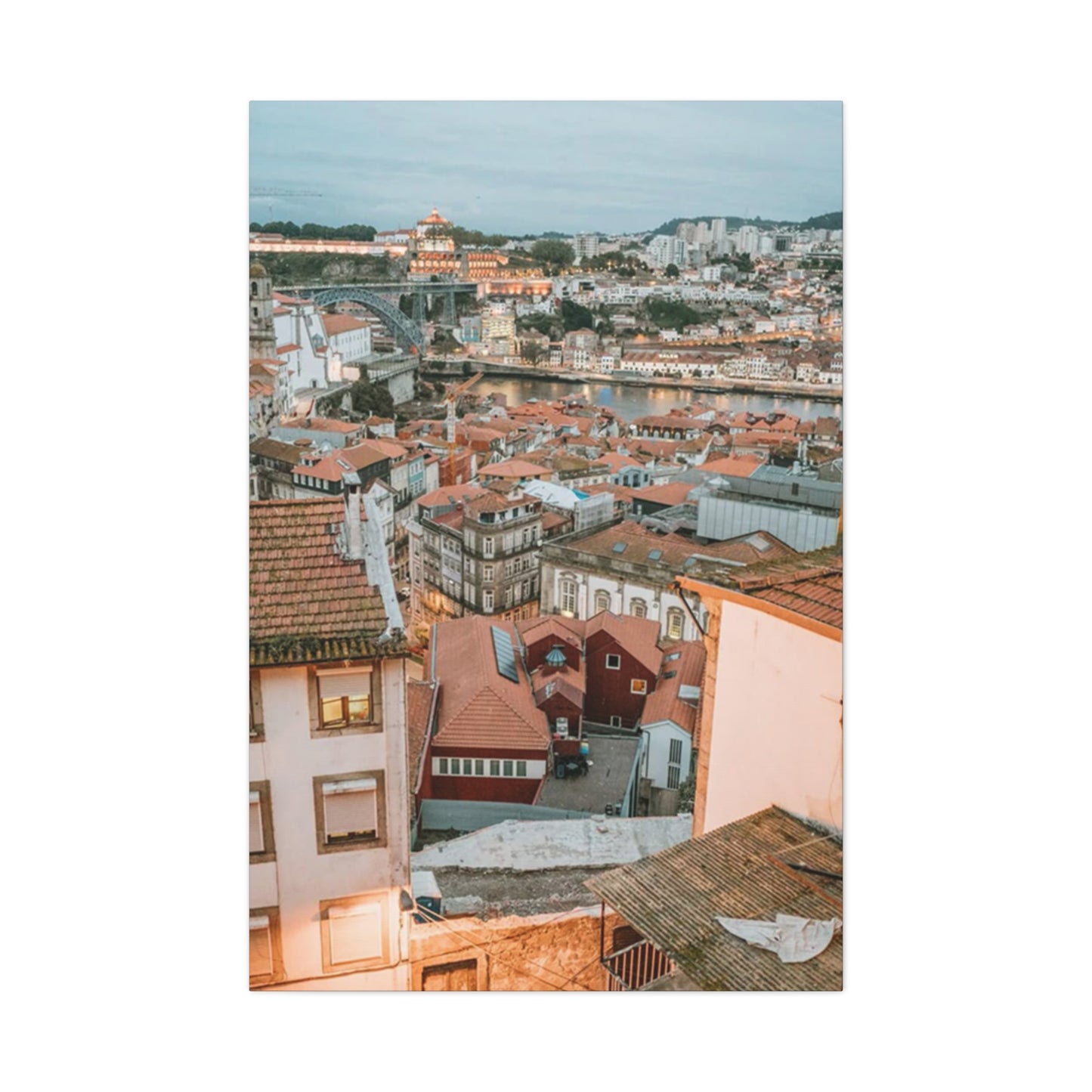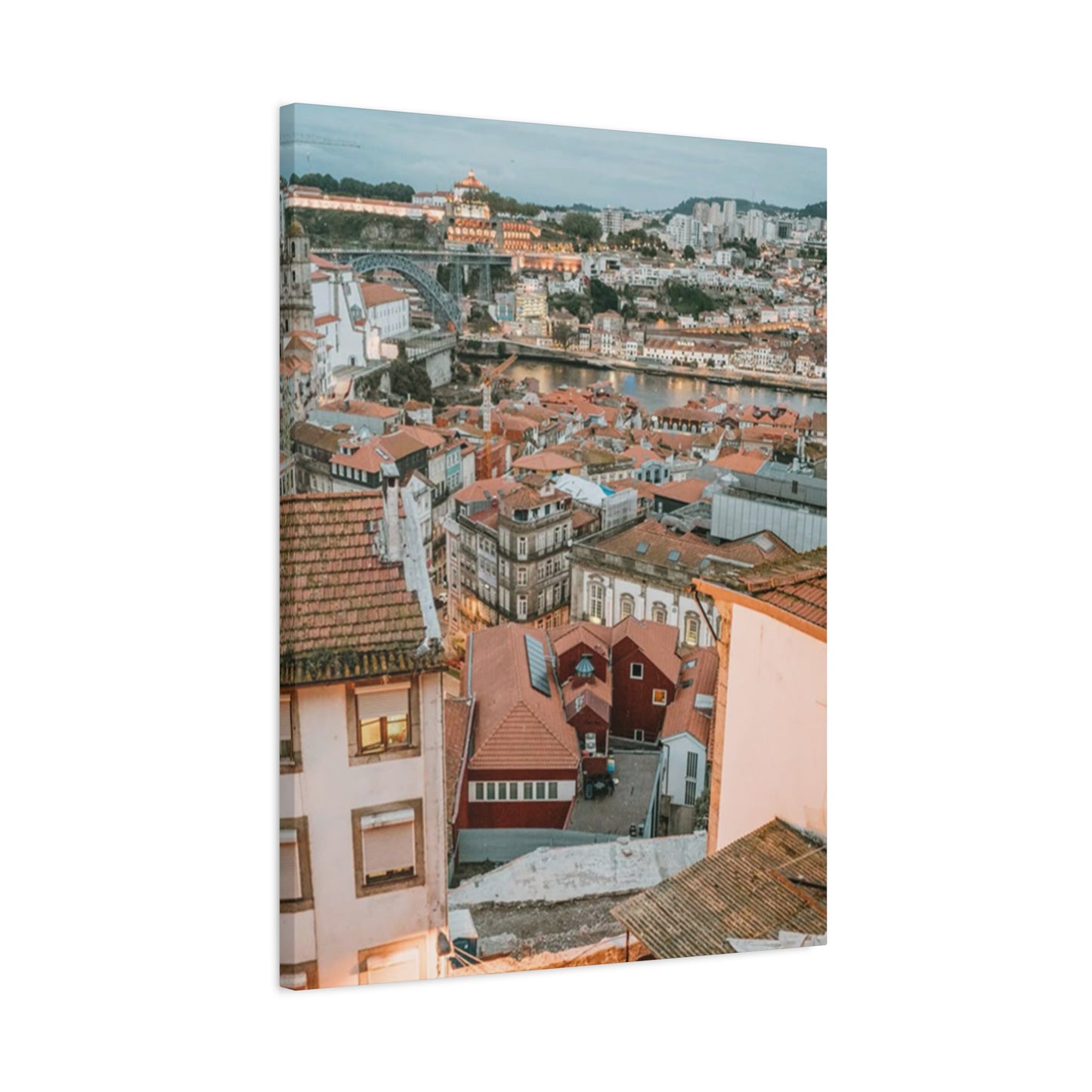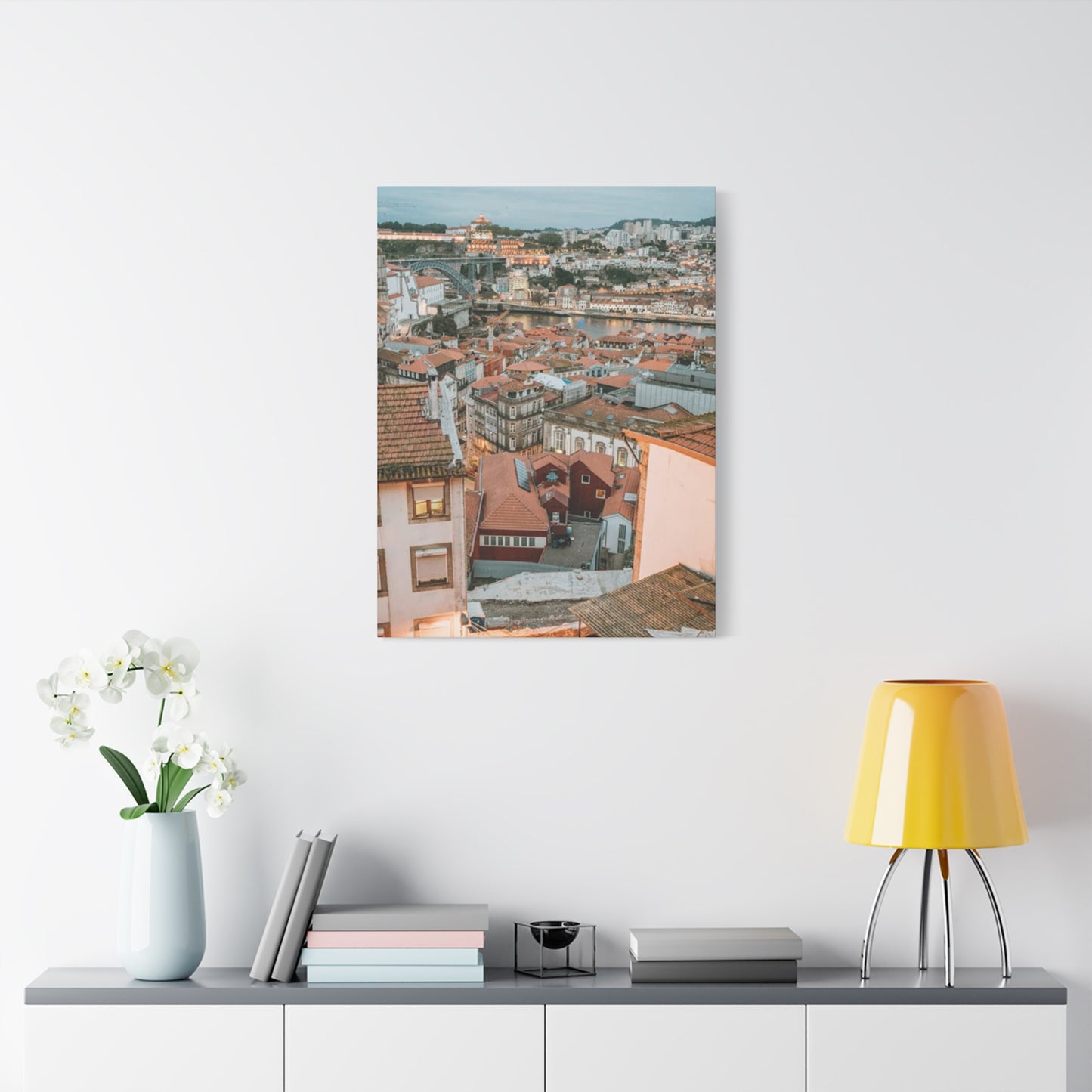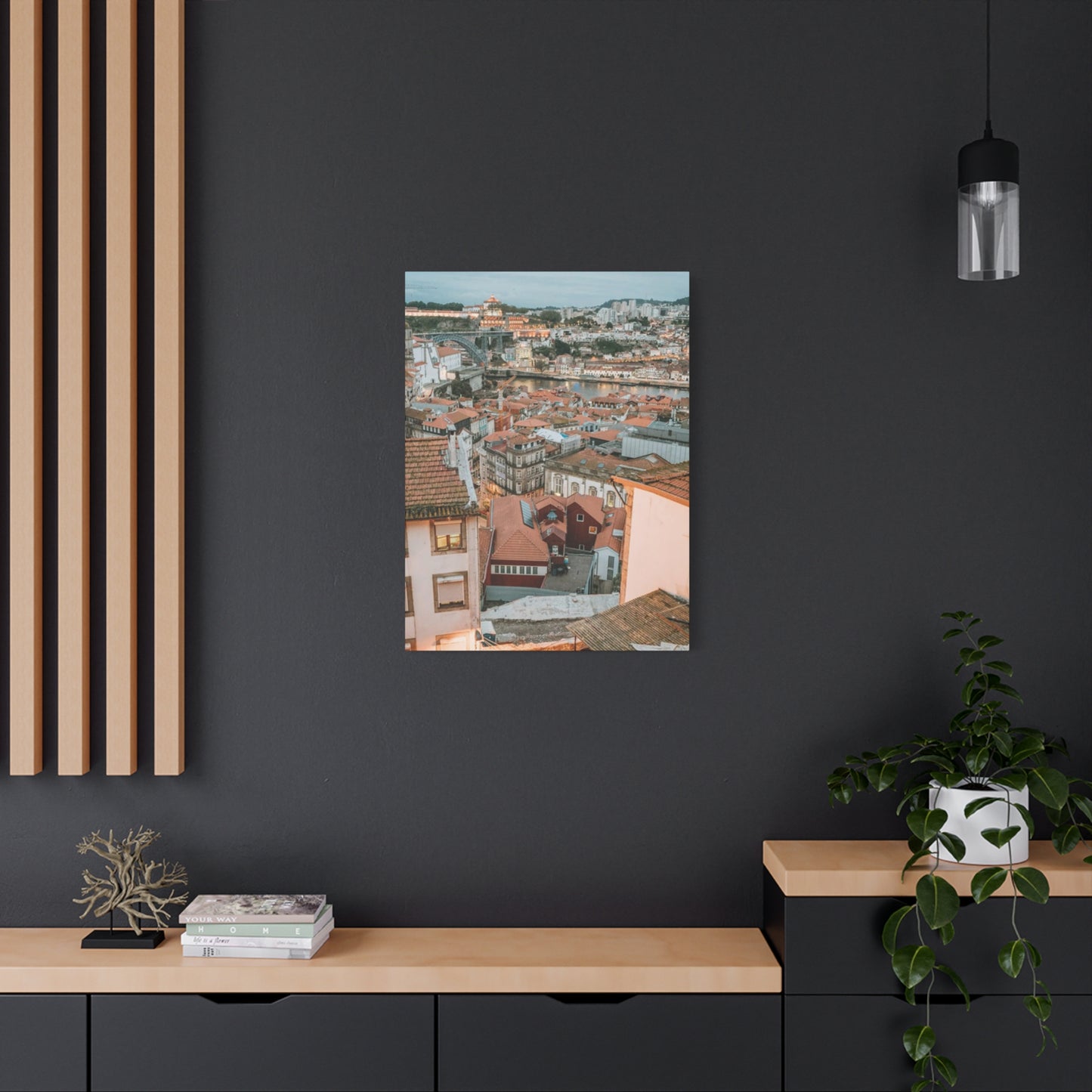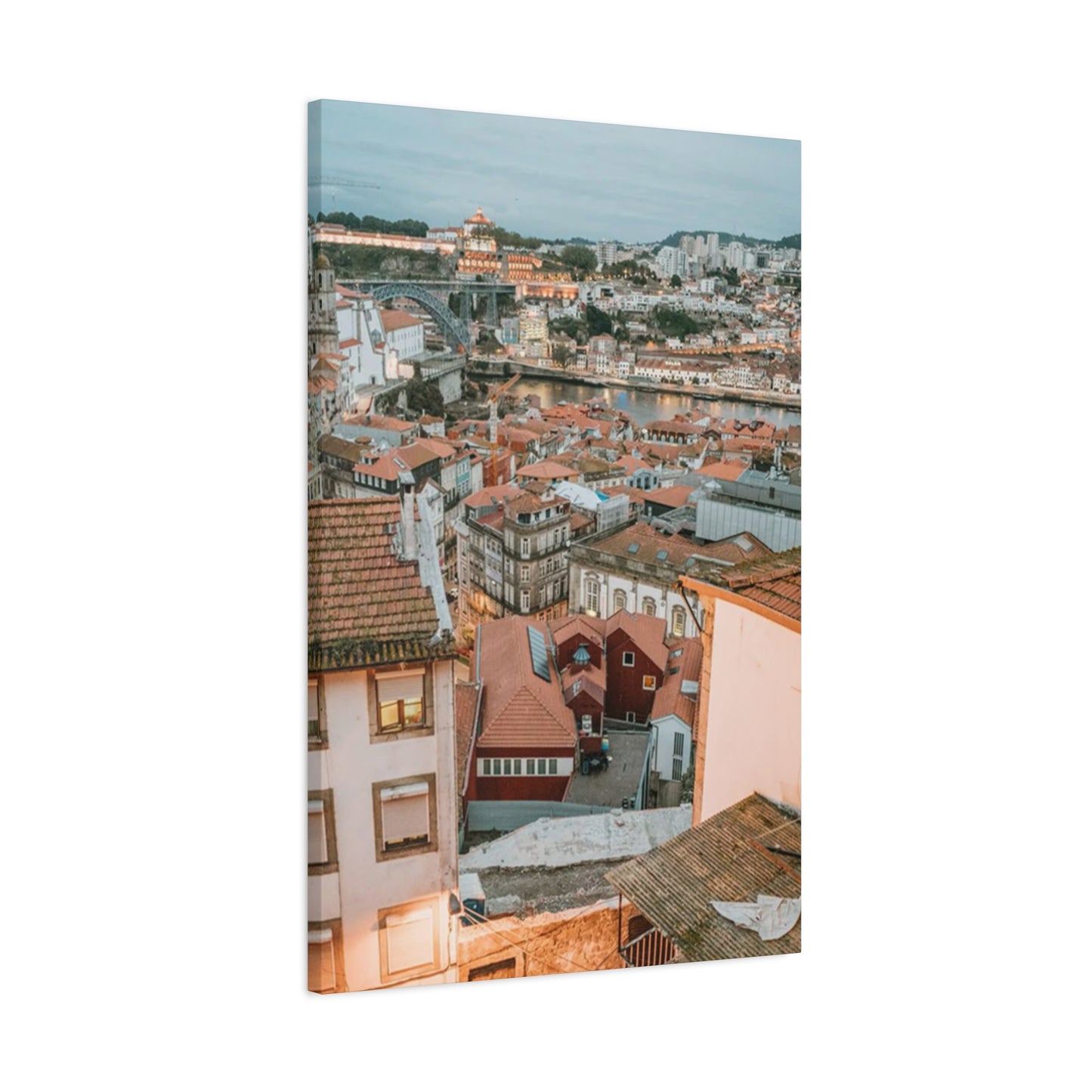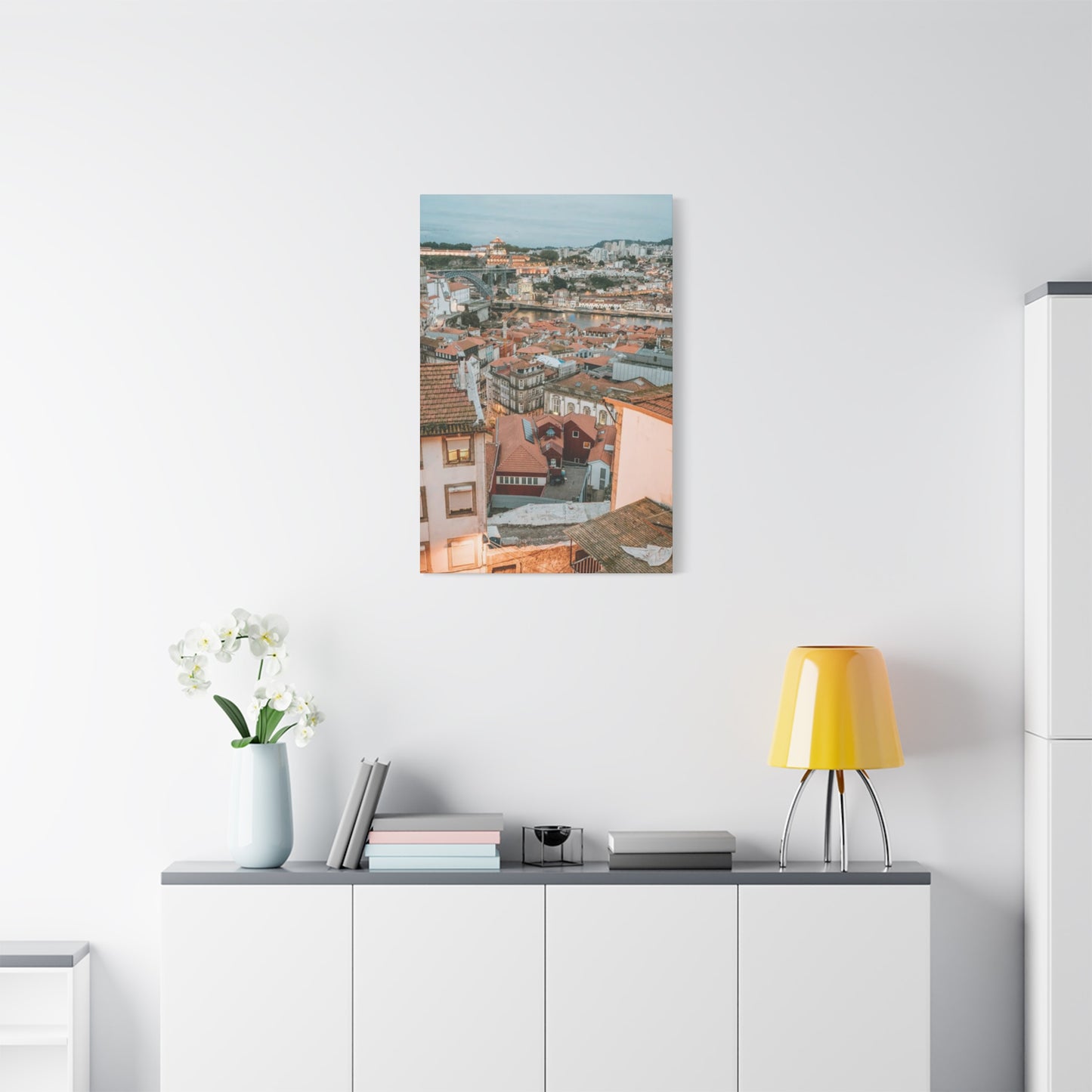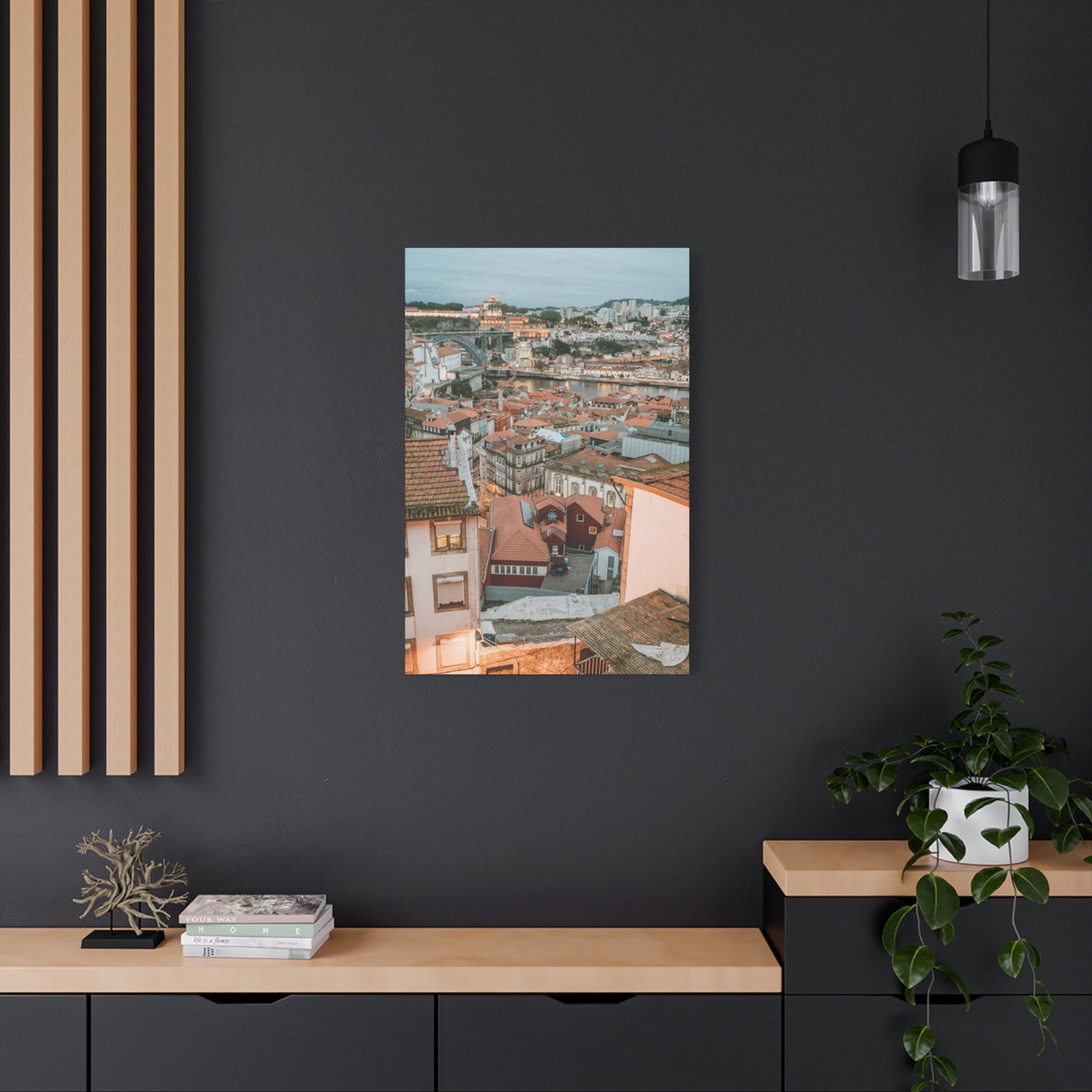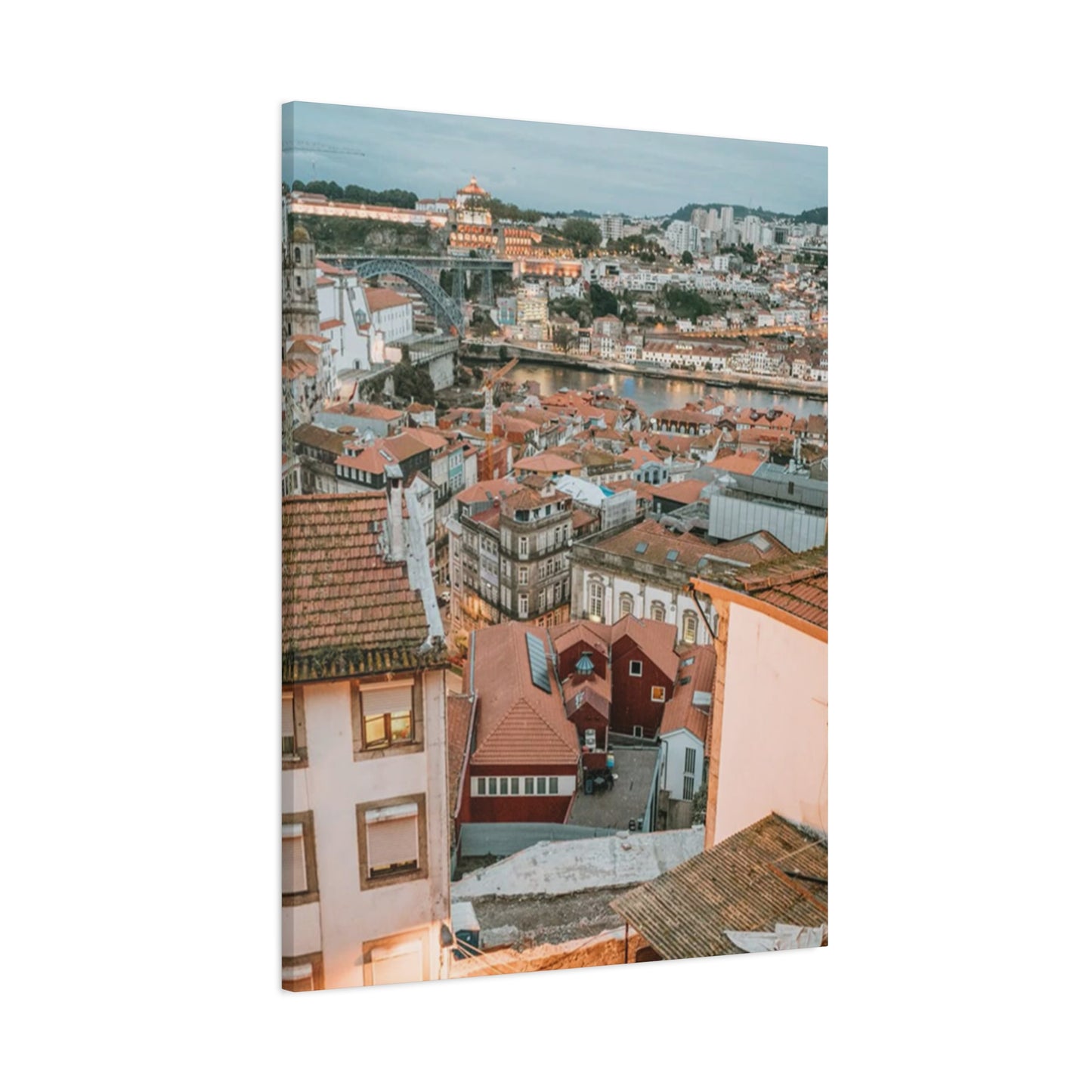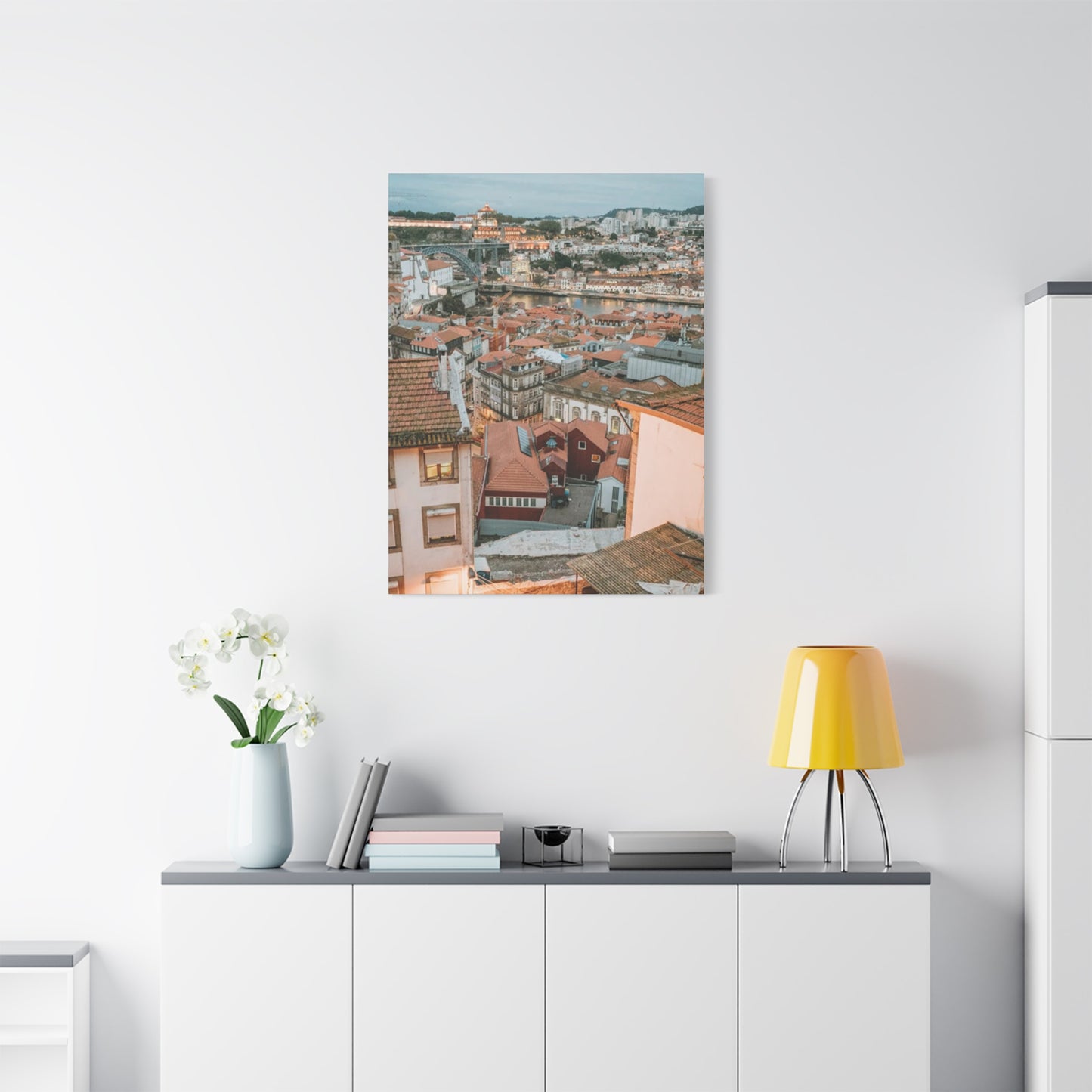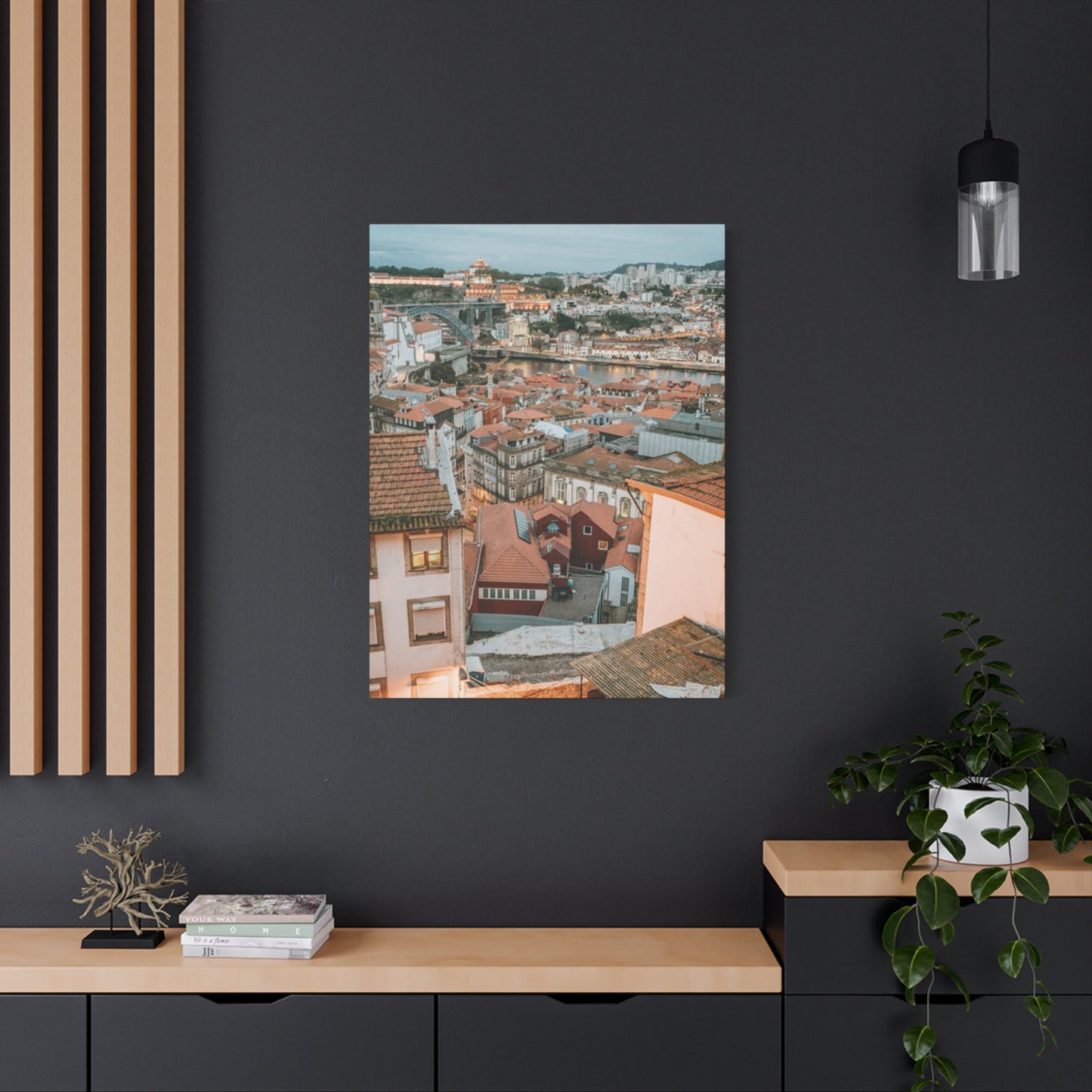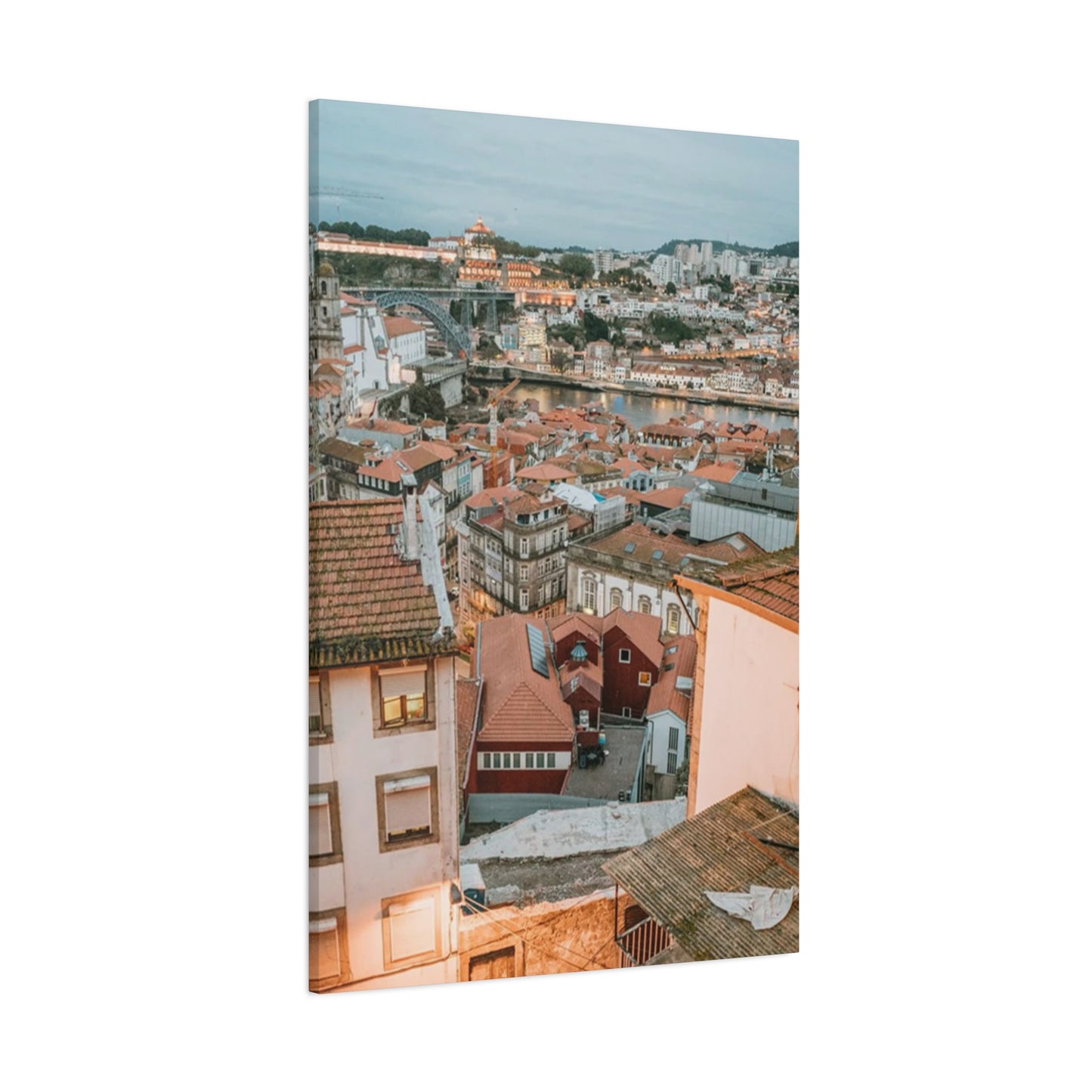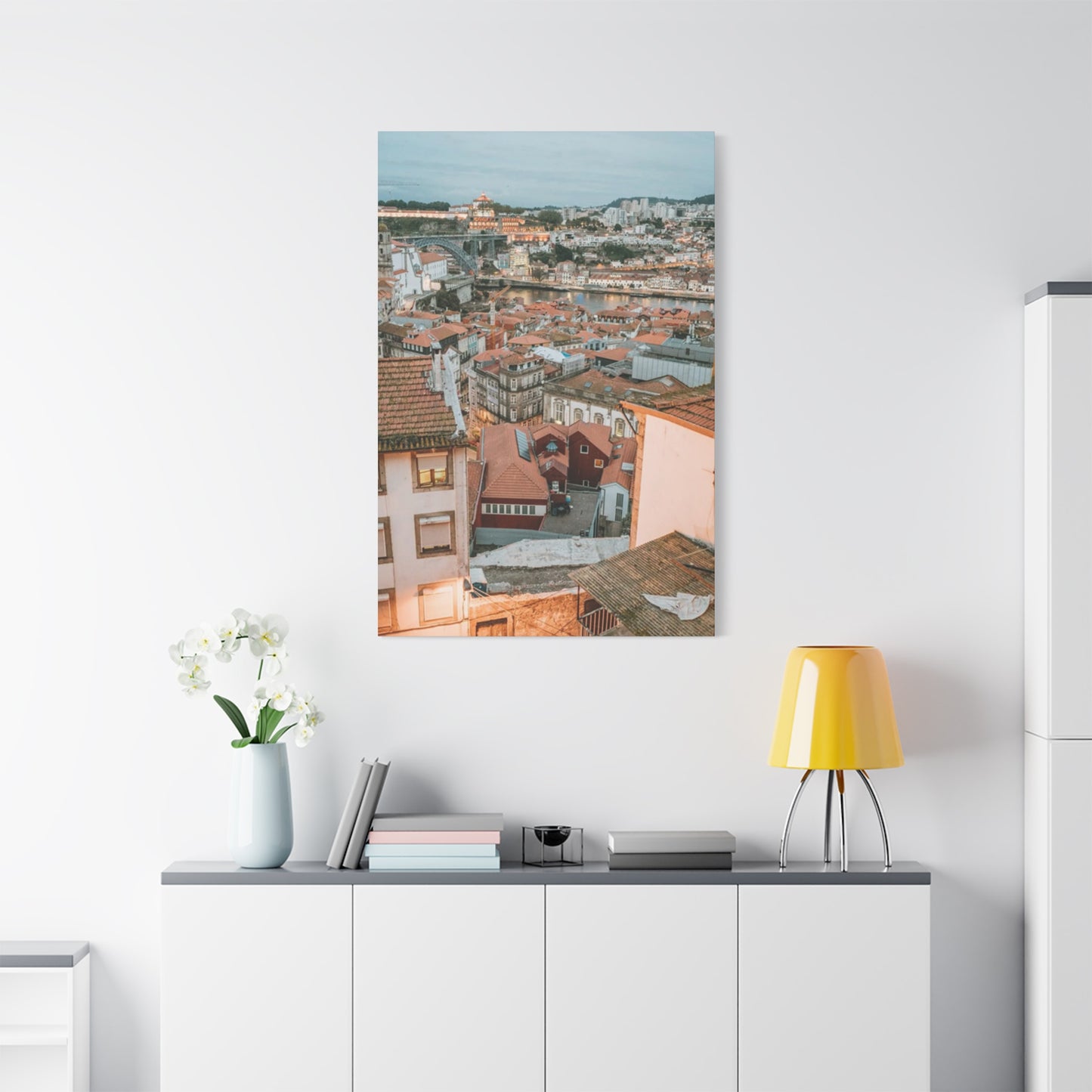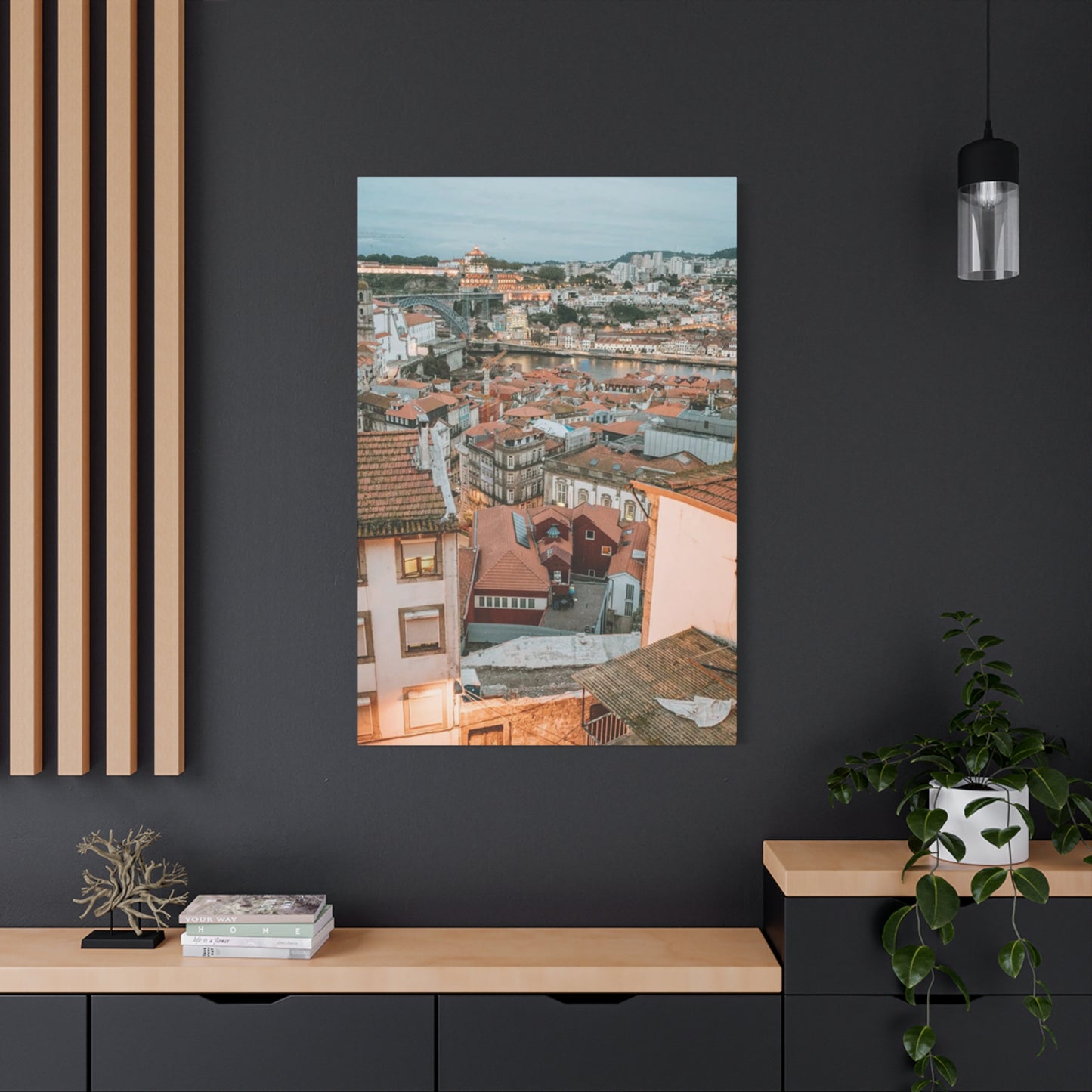Spanish Cities Wall Art: Bringing Iberian Beauty to Your Home Décor
The enchanting allure of Spanish cities has captivated artists and travelers for centuries, inspiring countless masterpieces that now grace homes worldwide as stunning wall art. From the passionate rhythms of flamenco dancers in Seville's cobblestone streets to the architectural marvels of Antoni Gaudí scattered throughout Barcelona, Spanish culture offers an endless wellspring of artistic inspiration. This comprehensive exploration delves into the rich tapestry of Spanish urban artistry, examining how these magnificent cities translate into breathtaking wall art that transforms living environments with warmth, color, and cultural depth.
Spanish cities possess a unique character that sets them apart from other European destinations. The combination of Moorish influences, Gothic architecture, Renaissance grandeur, and modern artistic movements creates a visual feast that artists have immortalized through various mediums. Whether you're drawn to the golden hour light cascading over Madrid's historic plazas or the vibrant ceramic tiles adorning Valencia's buildings, Spanish city wall art brings these magical moments into your personal environment.
The growing popularity of Spanish-themed wall art reflects our collective desire to infuse our homes with culture, history, and artistic sophistication. These pieces serve as daily reminders of Spain's rich heritage while adding warmth and personality to any room. From traditional oil paintings to contemporary digital prints, the variety of Spanish city wall art available today ensures that every taste and budget can be accommodated.
Dynamic Street Artwork Capturing Spanish Urban Energy
The streets of Spanish cities pulse with creative energy that has inspired generations of artists to capture their essence in stunning wall art pieces. From the narrow alleyways of Toledo to the wide boulevards of Madrid, Spanish urban landscapes offer endless opportunities for artistic expression. Street art in Spanish cities represents more than mere decoration; it embodies the soul of communities that have thrived for millennia.
Barcelona's famous Las Ramblas comes alive in wall art that captures the bustling energy of street performers, flower vendors, and café culture. Artists frequently depict the tree-lined promenade with its distinctive architecture serving as a backdrop to human drama unfolding daily. The interplay of light and shadow created by the plane trees overhead provides natural framing that artists exploit to create depth and movement in their compositions.
Valencia's Ciudad de las Artes y las Ciencias presents another compelling subject for contemporary wall art. The futuristic architecture designed by Santiago Calatrava creates striking geometric forms that artists interpret through various styles, from photorealistic renderings to abstract interpretations that emphasize the building's sculptural qualities. These pieces bring a sense of modernity and innovation to any room while celebrating Spanish architectural achievement.
Seville's historic Barrio Santa Cruz, with its maze of narrow streets and whitewashed buildings adorned with wrought-iron balconies, provides endless inspiration for wall art that captures the romantic essence of Andalusian culture. Artists often focus on the intimate details: a grandmother's hands tending to geraniums on a balcony, children playing in small plazas, or the warm glow of street lamps illuminating ancient stone walls.
The street markets of Spanish cities offer another rich source of inspiration for wall art. La Boquería in Barcelona, with its colorful displays of fresh produce, cured meats, and seafood, translates beautifully into vibrant compositions that celebrate the Mediterranean diet and Spanish culinary traditions. These pieces not only serve as decorative elements but also evoke the sensory experiences of taste and smell associated with Spanish gastronomy.
Granada's Albaicín neighborhood, with its narrow cobblestone streets and stunning views of the Alhambra, provides artists with opportunities to capture the layers of Spanish history in single compositions. Wall art depicting these ancient streets often incorporates the contrast between Christian and Moorish architectural elements, creating pieces that tell stories of cultural synthesis and historical continuity.
Renowned Spanish Monuments Transformed into Artistic Masterpieces
Spain's architectural treasures have inspired countless artists to create wall art that brings these magnificent structures into homes around the world. The country's landmarks represent different periods of history, from Roman aqueducts to modernist masterpieces, each offering unique aesthetic qualities that translate beautifully into decorative art.
The Alhambra in Granada stands as one of the most photographed and painted monuments in Spain, its intricate Islamic architecture providing endless details for artistic interpretation. Wall art featuring the Alhambra often focuses on specific elements: the geometric patterns of the Court of the Lions, the delicate muqarnas of the Hall of the Abencerrajes, or the garden views framed by horseshoe arches. These pieces bring the serenity and mathematical beauty of Islamic art into contemporary living environments.
Santiago de Compostela's cathedral, the ultimate destination of the Camino pilgrimage route, appears in wall art that captures both its spiritual significance and architectural grandeur. Artists often depict the cathedral at different times of day, emphasizing how changing light conditions affect the perception of its Baroque façade. The surrounding medieval streets, filled with pilgrims from around the world, add human interest to these compositions.
The Roman aqueduct in Segovia, one of the best-preserved examples of Roman engineering in Spain, provides a striking subject for wall art that emphasizes the intersection of natural landscape and human achievement. The massive stone arches rising from the city's historic center create dramatic compositions that speak to the permanence of human endeavor and the beauty of functional architecture.
Barcelona's Sagrada Familia, Gaudí's unfinished masterpiece, offers artists opportunities to explore the intersection of Gothic and Art Nouveau forms. Wall art featuring this iconic basilica often focuses on specific façades or interior details, highlighting the organic quality of Gaudí's design philosophy. The building's ongoing construction adds a temporal dimension to these pieces, representing both historical continuity and future aspiration.
The Alcázar of Seville, with its blend of Mudéjar, Gothic, Renaissance, and Baroque elements, appears in wall art that celebrates architectural fusion. Artists are drawn to the palace's ornate rooms, particularly the Hall of the Ambassadors with its gilded dome, and the lush gardens that surround the complex. These pieces bring the opulence and refinement of Spanish royal culture into contemporary homes.
Toledo's historic city center, designated as a UNESCO World Heritage site, provides subjects for wall art that captures the essence of medieval Spain. The city's strategic position on a hill surrounded by the Tagus River creates dramatic compositions that artists use to emphasize the relationship between urban development and natural landscape.
Passionate Flamenco Artistry from Andalusian Heritage
Flamenco culture from Spain provides an endless source of inspiration for dramatic and emotionally charged wall art that captures the passion and intensity of this quintessential Spanish art form. Originating in Andalusia, flamenco represents the fusion of Romani, Moorish, Jewish, and Spanish cultures, creating a unique artistic expression that translates powerfully into visual art.
The dramatic poses of flamenco dancers, with their elaborate ruffled dresses and expressive hand movements, create dynamic compositions that bring movement and energy to any room. Wall art depicting flamenco often emphasizes the contrast between the dancers' flowing garments and their precise, controlled movements, creating tension that mirrors the emotional intensity of the performance itself.
Traditional flamenco venues, known as tablaos, provide atmospheric settings for wall art that captures the intimate relationship between performers and audience. Artists often depict the warm, dimly lit environments where flamenco unfolds, with rough-hewn walls, wooden floors worn smooth by countless performances, and the intense concentration on faces of both performers and spectators.
The guitar, central to flamenco music, appears frequently in Spanish wall art as both a primary subject and supporting element. Artists explore the instrument's sculptural qualities, the way light plays across its polished surface, and the intimate relationship between musician and instrument. These pieces often incorporate traditional Spanish craftsmanship details, celebrating the artisanal tradition of guitar making in cities like Granada and Córdoba.
Flamenco costume design offers rich material for wall art that celebrates Spanish textile traditions. The elaborate mantillas, hand-painted fans, and intricate jewelry worn by performers provide opportunities for artists to explore pattern, texture, and color in ways that reflect broader Spanish decorative arts traditions. These pieces often function as celebrations of feminine grace and cultural pride.
The architectural settings where flamenco developed, particularly the courtyards of Andalusian homes with their characteristic fountains and tilework, appear frequently in wall art that contextualizes the dance within its cultural environment. These compositions often show how flamenco emerged from the daily life of Spanish communities, transforming ordinary domestic environments into stages for artistic expression.
Seville's annual Feria de Abril provides subjects for wall art that captures flamenco in its festival context. Artists depict the colorful casetas, the horse-drawn carriages, and the spontaneous dancing that occurs throughout the week-long celebration. These pieces communicate the joy and community spirit that surrounds flamenco, showing how it functions as both performance art and social bonding activity.
Contemporary Abstract Interpretations of Hispanic Cultural Elements
Modern artists have found innovative ways to interpret Spanish culture through abstract wall art that distills the essence of Hispanic heritage into contemporary visual languages. These pieces move beyond literal representation to explore the emotional and spiritual qualities that define Spanish cultural identity, creating artwork that resonates with modern aesthetic sensibilities while maintaining deep cultural connections.
Color palettes inspired by Spanish landscapes provide the foundation for abstract wall art that evokes the country's diverse geographical regions. The deep blues of the Mediterranean, the ochres and siennas of Castilian plains, and the brilliant whites of Andalusian villages appear in abstract compositions that suggest rather than depict specific locations. These pieces create atmospheric effects that transport viewers to Spanish landscapes through pure color relationships.
Rhythmic patterns derived from flamenco music translate into abstract wall art that captures the syncopated beats and complex polyrhythms of this Spanish art form. Artists use geometric shapes, flowing lines, and repetitive motifs to create visual equivalents of musical structures, producing pieces that seem to pulse with the energy of Spanish folk traditions.
Traditional Spanish crafts, particularly ceramics and textiles, inspire abstract wall art that reinterprets decorative patterns through contemporary artistic approaches. Moorish geometric designs, found throughout Spanish architecture, are deconstructed and reimagined in abstract compositions that maintain the mathematical precision of the originals while presenting them in new contexts.
The emotional intensity associated with Spanish culture manifests in abstract wall art through bold brushstrokes, dramatic color contrasts, and dynamic compositions that convey passion, joy, and melancholy. These pieces often incorporate textural elements that suggest the tactile qualities of Spanish materials: rough stucco walls, smooth ceramic tiles, and weathered stone surfaces.
Regional variations within Spanish culture inspire abstract series that explore subtle differences in color, form, and mood. Catalonian abstract art might emphasize precision and geometric clarity, reflecting the region's industrial heritage, while Andalusian-inspired pieces tend toward more organic forms and warmer color palettes that reflect the area's agricultural traditions and Moorish influences.
Contemporary Spanish artists working in abstract styles often incorporate traditional symbols and motifs into their work, creating wall art that bridges historical and modern sensibilities. Bulls, olive branches, and flamenco-inspired forms appear in stylized presentations that honor cultural heritage while speaking to contemporary aesthetic preferences.
Gaudí's Architectural Genius in Barcelona Wall Art Collections
Antoni Gaudí's revolutionary architectural vision has inspired an entire category of wall art that celebrates the unique aesthetic he created in Barcelona during the late 19th and early 20th centuries. His buildings, characterized by organic forms, colorful ceramic work, and innovative structural solutions, provide endless material for artists seeking to capture the intersection of architecture and nature.
The Park Güell, with its serpentine bench covered in broken ceramic mosaics, appears frequently in wall art that emphasizes Gaudí's trencadís technique. Artists are drawn to the way colored tile fragments create larger patterns, a method that parallels the pointillist techniques used in painting. These pieces often focus on specific sections of the park's mosaic work, creating intimate studies of color and pattern relationships.
Casa Batlló's undulating façade, inspired by marine life and skeletal forms, provides subjects for wall art that explores the boundary between architecture and sculpture. The building's balconies, resembling skull-like masks, and its scale-covered surface create compositions that are simultaneously beautiful and unsettling, reflecting Gaudí's ability to find beauty in unconventional sources.
The Sagrada Familia's elaborate façades offer material for wall art series that can explore different aspects of Gaudí's religious symbolism. The Nativity Façade, with its celebration of life and natural forms, contrasts dramatically with the angular geometry of the Passion Façade, providing artists with opportunities to examine how architectural form can convey spiritual meaning.
Interior spaces within Gaudí buildings, particularly the forest-like columns of the Sagrada Familia's nave, inspire wall art that captures the architect's ability to transform structural necessities into aesthetic experiences. These pieces often emphasize the play of light and shadow created by Gaudí's complex geometries, showing how his buildings function as both functional structures and spiritual environments.
Casa Milà, known as La Pedrera, provides subjects for wall art that emphasizes the architect's ability to create buildings that seem to grow from the earth itself. The building's wavelike façade and sculptural rooftop chimneys appear in compositions that blur the line between natural and artificial forms, reflecting Gaudí's belief that architecture should harmonize with natural processes.
The influence of Gaudí's work on contemporary Barcelona culture appears in wall art that shows how his aesthetic continues to inspire new generations of artists and architects. These pieces often juxtapose Gaudí's historical buildings with contemporary interpretations of his design principles, creating compositions that speak to the ongoing vitality of his architectural vision.
Scenic Coastal Representations from Spanish Maritime Cities
Spain's extensive coastline, stretching from the Cantabrian Sea to the Mediterranean, provides countless opportunities for wall art that captures the unique character of maritime cities and their relationship with the sea. These coastal communities have developed distinctive architectural styles, cultural traditions, and ways of life that reflect their intimate connection with marine environments.
San Sebastián's elegant Belle Époque architecture, set against the dramatic backdrop of the Bay of Biscay, appears in wall art that emphasizes the city's sophisticated resort culture. Artists often focus on the contrast between the city's refined urban development and the wild energy of Atlantic storms, creating compositions that speak to the human desire to tame and enjoy natural forces.
The fishing villages of the Costa Brava, with their whitewashed houses rising directly from rocky shores, provide subjects for wall art that celebrates the Mediterranean lifestyle. Cadaqués, made famous by Salvador Dalí, appears frequently in compositions that emphasize the clear light and vivid colors that attracted the surrealist master to this coastal refuge.
Valencia's relationship with the Mediterranean manifests in wall art that often focuses on the city's port area and the modern architecture of the Ciudad de las Artes y las Ciencias. These pieces frequently juxtapose traditional fishing boats with contemporary structures, creating compositions that speak to the evolution of maritime cities in the modern era.
The Basque fishing port of Hondarribia provides material for wall art that captures the distinctive architecture of northern Spanish coastal communities. The colorful houses with their wooden balconies, designed to withstand Atlantic weather, create compositions that emphasize the practical beauty of vernacular architecture adapted to specific environmental conditions.
Santander's beaches and 19th-century resort architecture inspire wall art that captures the leisurely atmosphere of Spanish coastal vacation culture. These pieces often emphasize the golden light of summer evenings and the relaxed pace of seaside life, creating artwork that brings vacation memories into year-round living environments.
The ancient port city of Cádiz, one of the oldest continuously inhabited cities in Western Europe, appears in wall art that explores the layers of history visible in its architecture and urban layout. Artists often focus on the city's distinctive watchtowers, built by merchants to observe arriving ships, creating compositions that speak to centuries of maritime commerce.
Madrid's Iconic Landmarks Captured in Artistic Form
Spain's capital city offers an wealth of subjects for wall art that ranges from royal palaces to contemporary cultural institutions, reflecting Madrid's role as both the political center of Spain and a major European cultural destination. The city's broad avenues, grand plazas, and world-class museums provide endless inspiration for artists seeking to capture urban sophistication.
The Plaza Mayor, with its uniform red buildings and 237 balconies, provides a subject for wall art that emphasizes architectural harmony and civic grandeur. Artists often depict the plaza during different seasons and times of day, showing how changing light conditions affect the perception of this enclosed urban environment. The plaza's role as a stage for public events, from markets to festivals, adds human interest to these compositions.
The Prado Museum building itself, independent of its art collection, appears in wall art that celebrates neoclassical architecture and cultural institutions. Artists are drawn to the museum's imposing façade and the way it anchors one end of Madrid's "Golden Triangle" of art museums, creating compositions that speak to the city's commitment to cultural preservation and education.
The Royal Palace of Madrid, with its 3,418 rooms and elaborate gardens, provides material for wall art series that can explore different aspects of royal architecture and landscape design. The building's French-influenced design, unusual in Spanish royal architecture, creates opportunities for compositions that examine cultural exchange and architectural influence.
Retiro Park offers subjects for wall art that captures Madrid's green heart and the way urban parks function as refuges from city life. The park's Crystal Palace, a 19th-century iron and glass structure, appears frequently in artistic compositions that emphasize the intersection of architecture and landscape. The building's transparency creates interesting effects as artists explore how structure can frame and enhance natural views.
The Gran Vía, Madrid's most famous shopping street, provides dynamic subjects for wall art that captures the energy of modern urban life. The street's mix of early 20th-century architecture, neon signs, and constant human activity creates compositions that speak to the vitality and complexity of metropolitan environments.
Madrid's traditional neighborhoods, particularly Malasaña and Chueca, inspire wall art that captures the authentic character of Spanish urban communities. These pieces often focus on small plazas, local bars, and residential streets that represent the daily life of madrileños, creating intimate portraits that contrast with the grandeur of royal and institutional architecture.
Vibrant Spanish Ceramic Tile Designs for Home Enhancement
The ceramic tile tradition in Spain, influenced by centuries of Moorish presence and refined through generations of Spanish craftsmen, provides rich source material for wall art that celebrates both decorative arts and architectural heritage. Spanish tiles, known for their vibrant colors, intricate patterns, and technical excellence, translate beautifully into contemporary wall art that brings warmth and cultural sophistication to modern homes.
Andalusian tile work, particularly the complex geometric patterns developed in Seville and Granada, appears in wall art that emphasizes mathematical precision and spiritual symbolism. These pieces often focus on specific pattern elements, showing how simple geometric shapes can combine to create infinite complexity. The interplay of positive and negative forms in these designs creates visual rhythms that add energy to any room.
The azulejo tradition, imported from Portugal but adapted to Spanish tastes, provides subjects for wall art that celebrates blue and white ceramic decoration. Spanish interpretations of azulejo work often incorporate religious and secular themes, from saints and biblical scenes to landscapes and genre subjects, creating narrative possibilities for contemporary wall art.
Valencia's ceramic industry, centered around the town of Manises, has produced distinctive tile designs that appear in wall art celebrating Spanish craft traditions. These pieces often emphasize the integration of ceramic decoration with architectural elements, showing how tiles function as both protective surfaces and decorative features in Spanish buildings.
Traditional Spanish kitchen tiles, designed to withstand heat and moisture while providing decorative interest, inspire wall art that celebrates domestic architecture and culinary culture. These pieces often focus on hand-painted motifs: fruits, vegetables, and herbs that reflect Spanish agricultural abundance and Mediterranean dietary traditions.
Contemporary Spanish ceramicists continue to innovate within traditional frameworks, creating new designs that appear in wall art bridging historical and modern sensibilities. These pieces often show how ancient techniques can be applied to contemporary aesthetic problems, creating artwork that honors cultural continuity while speaking to current design preferences.
The integration of ceramic tiles with Spanish architectural elements, particularly fountains, staircases, and courtyard walls, provides subjects for wall art that shows how decorative arts enhance functional architecture. These compositions often emphasize the way light plays across glazed surfaces, creating effects that change throughout the day as viewing conditions vary.
Historic Narratives from Spanish Urban Centers
Spanish cities carry within their streets and buildings the accumulated history of millennia, providing rich material for wall art that tells stories of conquest, cultural exchange, artistic achievement, and social transformation. These historical narratives, embedded in urban landscapes, create opportunities for artwork that functions as both decoration and education, bringing the drama of Spanish history into contemporary living environments.
Toledo's history as a center of Christian, Jewish, and Islamic coexistence provides subjects for wall art that explores religious tolerance and cultural synthesis. Artists often depict the city's synagogues, mosques, and churches within single compositions, showing how different architectural traditions coexisted and influenced each other in medieval Spain.
Córdoba's role as the capital of Al-Andalus inspires wall art that captures the splendor of Islamic Spain and its lasting influence on Spanish culture. The Mezquita, with its forest of horseshoe arches, appears in compositions that emphasize the mathematical beauty of Islamic architecture and its spiritual significance. These pieces often explore how Christian additions to the mosque reflect the complex process of cultural transition following the Reconquista.
The pilgrimage route to Santiago de Compostela provides material for wall art series that can trace the historical development of European Christianity and cultural exchange. Artists depict not only the destination cathedral but also the route itself: the bridges, hostels, and rural churches that served pilgrims from across Europe, creating compositions that speak to medieval spirituality and cultural unity.
Barcelona's development from Roman Barcino to modern metropolis appears in wall art that layers different historical periods within single compositions. The Roman walls, medieval Gothic Quarter, 19th-century Eixample, and contemporary architecture create opportunities for artwork that shows how cities evolve while maintaining connections to their past.
Seville's role in the Spanish Empire, particularly as the departure point for expeditions to the Americas, inspires wall art that captures the global reach of Spanish influence. The Casa de Contratación and the Archive of the Indies provide architectural subjects that speak to Spain's role in world history, while the Guadalquivir River appears as the highway that connected Seville to global maritime networks.
Granada's history as the last Muslim kingdom in Spain provides dramatic subjects for wall art that captures the end of Al-Andalus and the beginning of Spanish unity. The Alhambra appears not just as architectural achievement but as symbol of cultural transition, creating opportunities for compositions that explore themes of conquest, loss, and historical change.
Traditional Spanish Festival Celebrations in Artistic Expression
Spanish festivals, with their combination of religious tradition, community celebration, and spectacular visual displays, provide dynamic subjects for wall art that captures the joy and cultural richness of Spanish social life. These events, deeply rooted in local traditions yet accessible to contemporary audiences, create opportunities for artwork that brings festive energy into everyday environments.
Seville's Semana Santa processions inspire wall art that captures both the solemnity of religious observance and the artistic achievement of Spanish baroque sculpture. The elaborate pasos, carried through narrow streets by hooded penitents, create dramatic compositions that emphasize the intersection of faith, art, and community participation. These pieces often focus on specific details: the flickering candles, the intricate embroidery of religious vestments, or the faces of spectators moved by the spectacle.
Valencia's Las Fallas festival provides subjects for wall art that celebrates artistic creativity and community collaboration. The elaborate ninots, created throughout the year only to be burned during the festival, appear in compositions that explore themes of impermanence and artistic dedication. These pieces often emphasize the craftsmanship involved in creating the satirical sculptures and the dramatic effects of the final burning ceremony.
Pamplona's San Fermín festival, famous for the running of the bulls, appears in wall art that captures both the excitement and danger of this unique celebration. Artists often focus on the narrow streets filled with running participants, emphasizing the intensity and potential peril of the event while celebrating the courage and tradition that motivate participation.
The Feria de Abril in Seville provides material for wall art that celebrates Andalusian culture and the integration of horsemanship, fashion, and social celebration. The colorful casetas, the elaborate dresses worn by participants, and the decorated horses and carriages create compositions rich in color and cultural detail. These pieces often emphasize the way the festival transforms the city into a stage for cultural performance.
Catalonia's human tower tradition, known as castells, inspires wall art that captures both the physical achievement and community cooperation required to create these living sculptures. Artists are drawn to the geometric forms created by human bodies and the concentration visible on participants' faces, creating compositions that speak to collective effort and cultural pride.
The Tomatina festival in Buñol provides subjects for wall art that celebrates playfulness and community bonding through shared absurdity. The transformation of the town's streets into rivers of tomato pulp creates compositions that emphasize color, texture, and the joy of collective participation in ritual play.
Rustic Village Scenes from Rural Spanish Communities
Spain's rural villages, many of them seemingly untouched by modernity, provide subjects for wall art that celebrates traditional ways of life and the enduring beauty of vernacular architecture. These communities, scattered throughout Spain's diverse landscapes, offer intimate glimpses into Spanish culture as it has existed for centuries, creating opportunities for artwork that brings pastoral tranquility into contemporary urban environments.
The white villages of Andalusia, perched on hillsides and crowned with ancient churches, appear in wall art that emphasizes the harmony between human settlement and natural landscape. Ronda, dramatically situated on a cliff above the Guadalevín River, provides particularly striking subjects that show how Spanish communities have adapted to challenging topographical conditions while creating environments of stunning beauty.
Castilian villages, surrounded by wheat fields and punctuated by medieval churches and castles, inspire wall art that captures the austere beauty of central Spain's landscape. These compositions often emphasize the vast scale of the Meseta and the way small human settlements create focal points in otherwise empty landscapes, speaking to themes of endurance and adaptation to harsh environmental conditions.
Galician villages, with their distinctive granite architecture and lush green surroundings, provide subjects for wall art that captures the Celtic influences in Spanish culture. The region's hórreos, traditional granaries raised on pillars, appear frequently in compositions that celebrate vernacular architecture and agricultural traditions, creating pieces that emphasize the practical beauty of functional design.
Asturian mountain villages inspire wall art that captures the relationship between human communities and dramatic natural environments. These compositions often show how traditional architecture uses local materials and responds to specific climatic conditions, creating buildings that seem to grow from the landscape itself.
Basque villages, with their distinctive white houses marked by red tile roofs and timber framing, appear in wall art that celebrates the unique cultural identity of Spain's Basque regions. These pieces often emphasize the way traditional architecture reflects cultural values and historical experiences, creating artwork that honors regional diversity within Spanish national identity.
The agricultural landscapes surrounding Spanish villages provide contexts for wall art that celebrates rural economic activities and their relationship to natural cycles. Vineyards, olive groves, and grain fields appear not just as scenic elements but as representations of human cooperation with natural processes, creating compositions that speak to sustainability and cultural continuity.
Bullfighting Heritage in Traditional Spanish Artistic Themes
The tradition of bullfighting, deeply embedded in Spanish culture despite contemporary controversies, has inspired countless works of wall art that explore themes of courage, tradition, ritual, and the complex relationship between humans and animals. These pieces often transcend simple representation to examine deeper questions about Spanish identity, the nature of spectacle, and the role of tradition in modern society.
The bullring itself provides architectural subjects for wall art that emphasizes the geometric beauty of these circular arenas and their role as stages for cultural drama. Las Ventas in Madrid, with its Mudéjar architecture and capacity for 25,000 spectators, appears in compositions that show how architectural form can enhance the theatrical aspects of bullfighting, creating environments that focus attention and amplify emotional intensity.
The figure of the matador, with his elaborate costume and ritualized movements, provides dynamic subjects for wall art that explores themes of artistry, danger, and cultural performance. Artists often focus on specific moments in the bullfight: the initial cape work, the moment of truth with the sword, or the triumphant circuit of the ring, creating compositions that capture both physical grace and psychological intensity.
The bulls themselves, magnificent animals bred specifically for fighting, appear in wall art that celebrates their power and natural beauty while acknowledging their role in Spanish cultural tradition. These pieces often emphasize the bulls' muscular forms and fierce expressions, creating artwork that honors the animals while recognizing their cultural significance.
Rural settings where fighting bulls are raised provide contexts for wall art that shows the agricultural side of bullfighting culture. The dehesa landscapes of Andalusia and Extremadura, with their scattered oak trees and grazing cattle, create compositions that emphasize the connection between bullfighting and traditional Spanish land use practices.
Historical aspects of bullfighting appear in wall art that traces the evolution of this practice from ancient ritual to modern spectacle. These pieces often incorporate elements from different periods: Roman amphitheaters, medieval tournaments, and contemporary bullrings, creating compositions that explore cultural continuity and change.
The controversy surrounding bullfighting in contemporary Spain provides material for wall art that examines changing cultural values and the tension between tradition and modernity. These pieces often present bullfighting within broader contexts of animal rights, cultural preservation, and regional identity, creating artwork that acknowledges complexity rather than offering simple judgments.
Metropolitan Skyline Views in Contemporary Spanish Artwork
Modern Spanish cities have developed distinctive skylines that reflect their evolution from historical centers to contemporary metropolises, providing subjects for wall art that captures urban dynamism and architectural innovation. These compositions often juxtapose historical and modern elements, creating artwork that speaks to the ongoing transformation of Spanish urban environments.
Madrid's skyline, dominated by the four towers of the Cuatro Torres Business Area, appears in wall art that emphasizes the city's emergence as a major European financial center. These compositions often show the contrast between the modern business district and the historical center, creating artwork that speaks to urban development and economic transformation.
Barcelona's skyline, punctuated by Gaudí's Sagrada Familia and framed by the Mediterranean Sea and Montjuïc hill, provides subjects for wall art that emphasizes the city's unique topographical situation. The integration of mountains, sea, and urban development creates compositions that show how natural geography influences urban form and cultural identity.
Valencia's contemporary skyline, dominated by Santiago Calatrava's City of Arts and Sciences, appears in wall art that celebrates architectural innovation and urban renewal. These pieces often emphasize the futuristic forms of Calatrava's buildings and their relationship to the city's historical center, creating compositions that speak to urban transformation and cultural ambition.
Bilbao's transformation from industrial city to cultural destination appears in wall art that often features Frank Gehry's Guggenheim Museum as a symbol of urban renewal. These compositions frequently show the contrast between the museum's titanium curves and the traditional architecture of the surrounding city, creating artwork that explores themes of cultural investment and economic regeneration.
Seville's skyline, dominated by the cathedral's Giralda tower and punctuated by contemporary additions, provides subjects for wall art that shows how historical cities accommodate modern development. These pieces often emphasize the way new architecture can complement rather than compete with historical monuments, creating compositions that speak to successful urban planning.
The concept of Spanish urban density appears in wall art that shows how Spanish cities balance development pressure with quality of life considerations. These compositions often emphasize green spaces, pedestrian areas, and the integration of residential and commercial functions, creating artwork that celebrates livable urban environments.
Golden Hour Photography of Spanish Urban Landscapes
The quality of light in Spanish cities, particularly during the golden hours of sunrise and sunset, has inspired wall art that captures the magical transformation of urban environments under optimal lighting conditions. These pieces often transcend mere documentation to create atmospheric works that evoke the sensory experience of being in Spanish cities during their most beautiful moments.
Seville bathed in morning light provides subjects for wall art that captures the way golden illumination transforms the city's ochre and white buildings into a warm, glowing ensemble. Artists often focus on specific architectural details: the way light picks out the texture of stucco walls, illuminates wrought-iron balconies, or creates dramatic shadows in narrow streets, producing compositions that emphasize the tactile qualities of Spanish architecture.
Granada's Alhambra during sunset appears frequently in wall art that shows how changing light conditions affect the perception of architectural monuments. The fortress palace, built from red clay bricks, seems to glow from within during golden hour, creating opportunities for artwork that explores the relationship between architecture and natural phenomena.
Barcelona's Gothic Quarter during early morning hours provides material for wall art that captures the intimate scale and medieval character of this historic neighborhood. The narrow streets and tall buildings create dramatic light and shadow effects that artists use to emphasize the mystery and romance of old European cities.
Madrid's Retiro Park during late afternoon offers subjects for wall art that shows how urban green spaces provide refuges from city intensity. The park's tree-lined paths, classical monuments, and reflecting pools create opportunities for compositions that emphasize tranquility and the importance of nature in urban environments.
Valencia's City of Arts and Sciences during sunset provides dramatic subjects for wall art that emphasizes the sculptural qualities of contemporary architecture. The buildings' white surfaces reflect and diffuse golden light, creating compositions that show how modern architecture can enhance rather than compete with natural beauty.
Coastal cities like San Sebastián and Santander during golden hour appear in wall art that combines urban architecture with seascapes, creating compositions that emphasize the unique character of maritime cities and their relationship with natural environments.
Traditional Market Scenes from Spanish Commercial Districts
Spanish markets, from ancient covered halls to bustling outdoor plazas, provide vibrant subjects for wall art that captures the social and economic heart of Spanish communities. These commercial environments, where daily life unfolds in displays of food, conversation, and cultural tradition, offer opportunities for artwork that brings the energy and authenticity of Spanish street life into contemporary homes.
La Boquería market in Barcelona appears frequently in wall art that emphasizes the sensory richness of Spanish food culture. Artists are drawn to the colorful displays of fresh produce, the animated interactions between vendors and customers, and the architectural framework of the 19th-century iron and glass structure that houses the market. These compositions often focus on specific stalls: fruit vendors arranging pyramids of oranges, fishmongers displaying the day's catch, or spice merchants surrounded by aromatic powders.
Madrid's Mercado de San Miguel provides subjects for wall art that shows how traditional market buildings can be adapted for contemporary use. The market's iron and glass architecture, restored and converted to a gourmet food hall, appears in compositions that explore themes of preservation, adaptation, and cultural continuity.
Traditional outdoor markets, held weekly in town squares throughout Spain, inspire wall art that captures the temporary transformation of civic spaces into commercial environments. These pieces often emphasize the social aspects of market shopping: neighbors greeting each other, children accompanying parents on shopping trips, and the leisurely pace that characterizes Spanish commercial culture.
The Mercado Central in Valencia, one of the largest markets in Europe, provides material for wall art that celebrates both architectural achievement and commercial vitality. The building's Art Nouveau design, with its colorful ceramic decoration and soaring iron framework, creates a cathedral-like environment for daily commerce, offering opportunities for compositions that show how functional architecture can achieve artistic distinction.
Specialized markets, such as flower markets or antique markets, appear in wall art that focuses on specific aspects of Spanish commercial culture. These pieces often emphasize the expertise and craftsmanship of vendors, showing how traditional knowledge is transmitted through commercial relationships and maintained within urban environments.
Conclusion
Spanish cities wall art offers a vibrant and captivating way to bring the rich culture, history, and charm of the Iberian Peninsula into your home décor. From the sun-kissed streets of Barcelona and the historic allure of Seville to the coastal beauty of Valencia and the architectural marvels of Granada, these artworks capture the unique spirit and diverse character of Spain’s iconic urban landscapes.
Incorporating Spanish city-themed art into your living space adds warmth, color, and a sense of adventure. Whether through detailed illustrations, watercolor landscapes, or modern graphic prints, these pieces invite you to explore Spain’s rich heritage and celebrate its artistic vibrancy. They evoke memories of travel, inspire wanderlust, and create an inviting atmosphere filled with Mediterranean flair.
Spanish cities wall art pairs beautifully with a variety of interior styles—adding an authentic touch to rustic, bohemian, or contemporary settings. Beyond their aesthetic appeal, these artworks tell stories of culture, tradition, and architectural grandeur, making your décor not just visually stunning but meaningful.
Ultimately, bringing Spanish cities wall art into your home is more than a decorative choice—it’s a celebration of Iberian beauty and spirit. It transforms your walls into windows to Spain’s enchanting cities, enriching your space with color, culture, and timeless elegance.

















